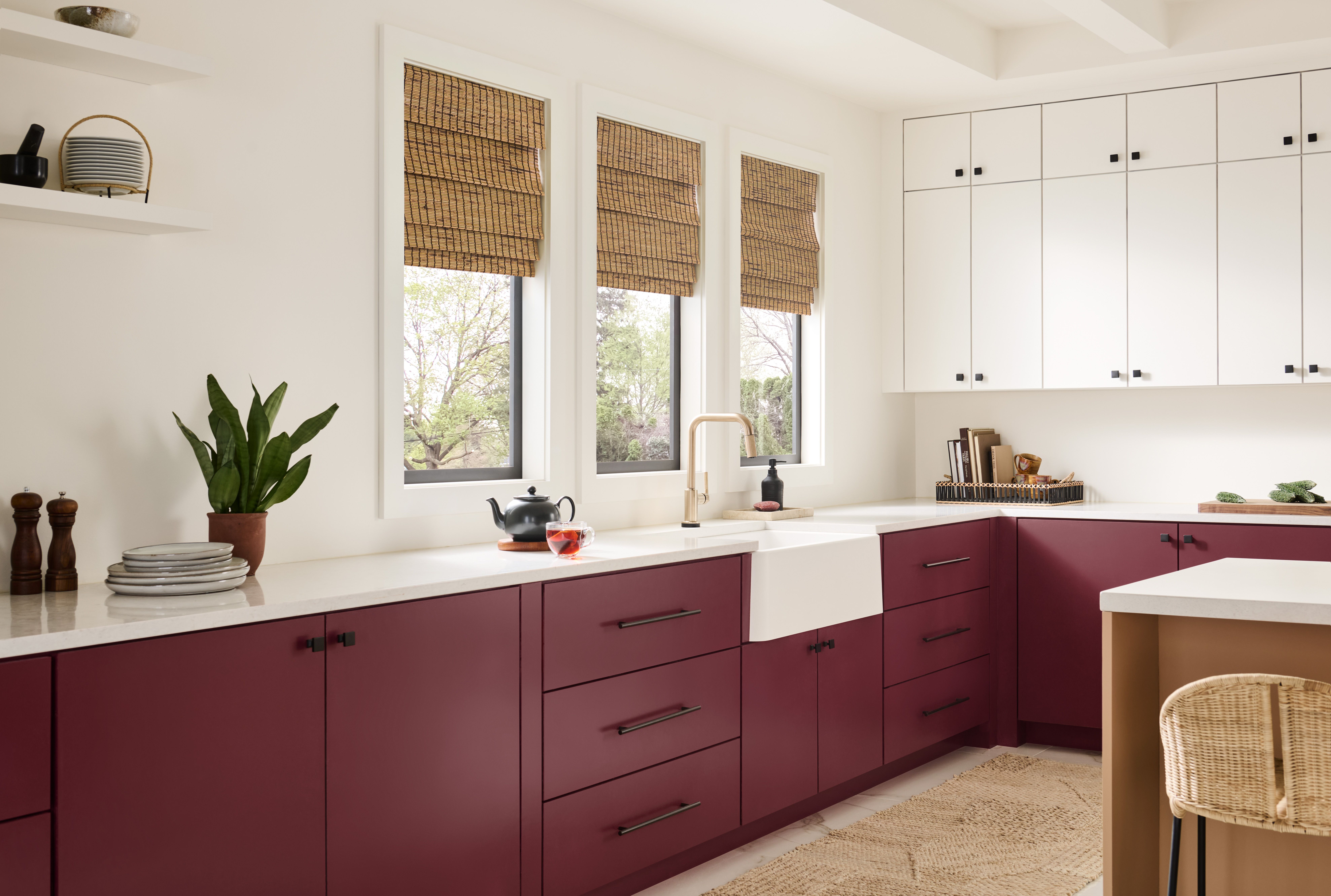Whats the Difference Between Eggshell vs. Satin Paint?
Courtesy of Benjamin MooreEvery item on this page was hand-picked by a House Beautiful editor. We may earn commission on some of the items you choose to buy.We've all been there; you've gone through the painstaking process of finally (finally) landing on the perfect paint color for your next home makeover project, only to find yourself frozen with indecision at the paint counter: Do you want an eggshell or satin paint finish?Paint sheens can be difficult to navigate and have a surprising impact on the appearance of your chosen color. Sheen can influence the way color appears due to it reflecting more light, says David Underwood, a project manager at Benjamin Moore. Lower sheen levels, such as a matte or eggshell finish, will absorb light, giving the appearance of a slightly darker color.To get even more technical, you can look at LRV values, which translates to Light Reflectance Value or a measurement of how much visible light a surface or color reflects. The glossiness of a surface impacts its LRV, which is measured on a scale from zero to 100, with zero being perfectly absorbing (black) and 100 being perfectly reflective (white), explains Sue Wadden, Director of Color Marketing at Sherwin-Williams. Higher gloss finishes reflect more light and can appear to have a higher LRV. The sheen of the paint, from flat to high gloss, can influence how light is reflected and how the color appears. Wondering what that means for your homeand the perfect blue hue all members of your household finally agreed upon? Below, we're diving into the difference between two of the most common paint finishes on the market, eggshell and satin sheens, to clarify the difference between the two and how to determine the right sheen for your next project. Related StoriesCourtesy of Benjamin MooreWall painted in Benjamin Moores Beau Green (2054-20), Aura Interior, Eggshell FinishWhat Is the Difference Between Eggshell and Satin Paint Sheens?At the end of the day, an eggshell finish and a satin paint finish can be distinguished by how much light they reflect. According to Wadden, eggshell paint sheen offers a 10 percent to 25 percent reflection (depending on the hue), while satin typically falls around 25 percent to 35 percent reflection. Eggshell provides a soft, low-sheen finish that is subtle and smooth, similar to the surface of an eggshell, she adds. On the other hand, satin is a bit more glossy, resulting in a smooth, velvety appearance with more light reflection.John BesslerWalls painted in Benjamin Moores Kendall Charcoal (HC-166), Aura Interior, Satin FinishWhere to Use Eggshell and Satin Paint SheensGiven the nuanced differences between an eggshell paint sheen and a satin paint sheen, it makes sense that the two are geared toward slightly different uses. Eggshell Paint UsesThe most popular pick for interior home use, an eggshell paint sheen is great for disguising flaws and coating walls prone to imperfections. Eggshell is a durable finish that is easy to clean and suitable for most areas of a home, including family rooms and hallways, says Underwood. Consider using an eggshell paint finish in high-traffic rooms that boast plenty of light and therefore don't need the added boost a more glossy paint can add. Related StorySatin Paint UsesUnlike its more matte cousin, satin paint boasts a higher sheen and more wipeable surface, making it a great choice for areas that need to be cleaned often. Satin finishes are highly durable and can withstand heavy traffic and frequent cleaning, making them ideal for high-use areas like kitchens, bathrooms, hallways, and childrens rooms, says Wadden. Satin paint is also a good pick for trim and doors, which can also be prone to scuffs and chips and can benefit from a more durable coating. Follow House Beautiful on Instagram and TikTok.


